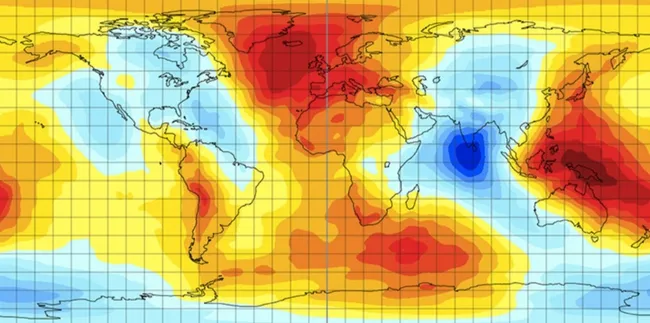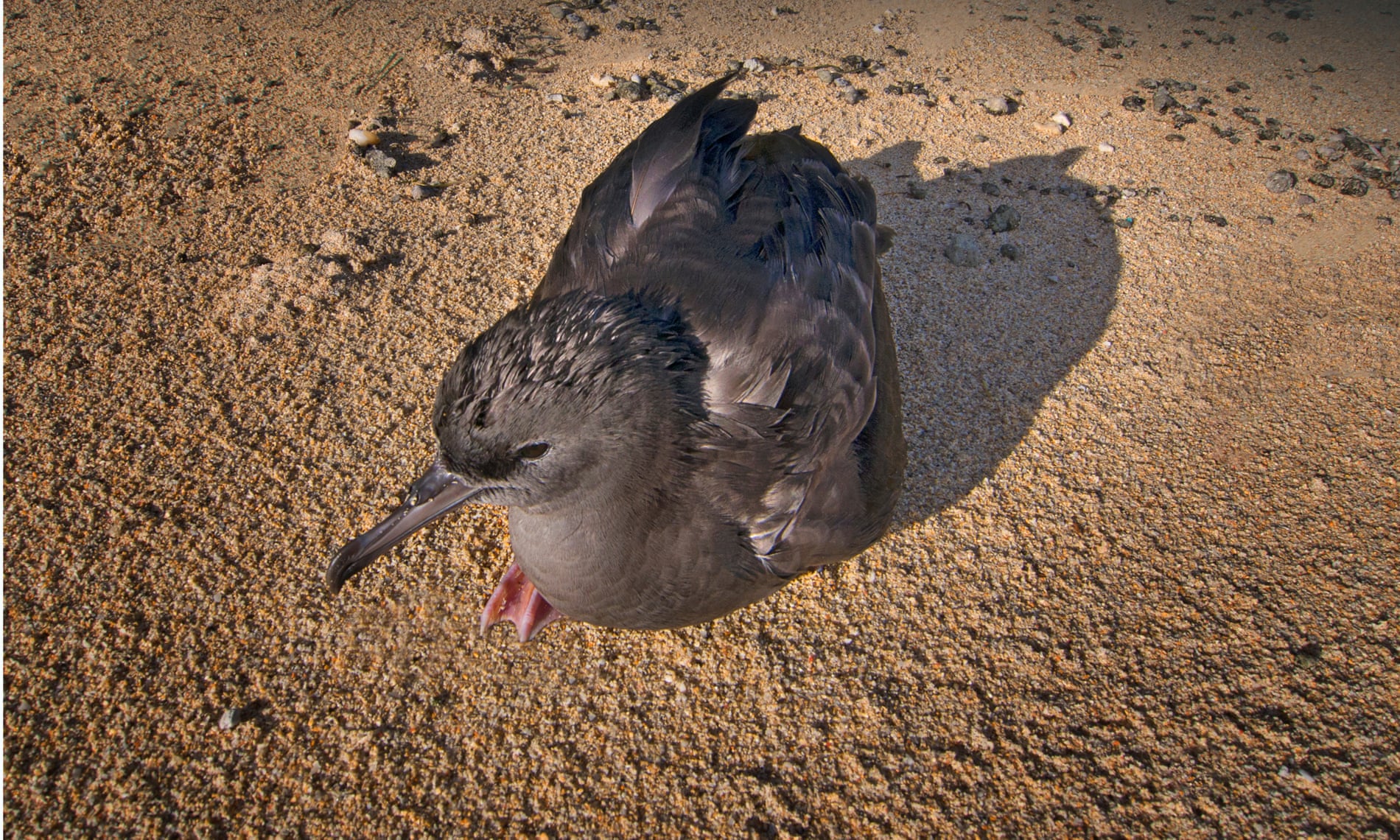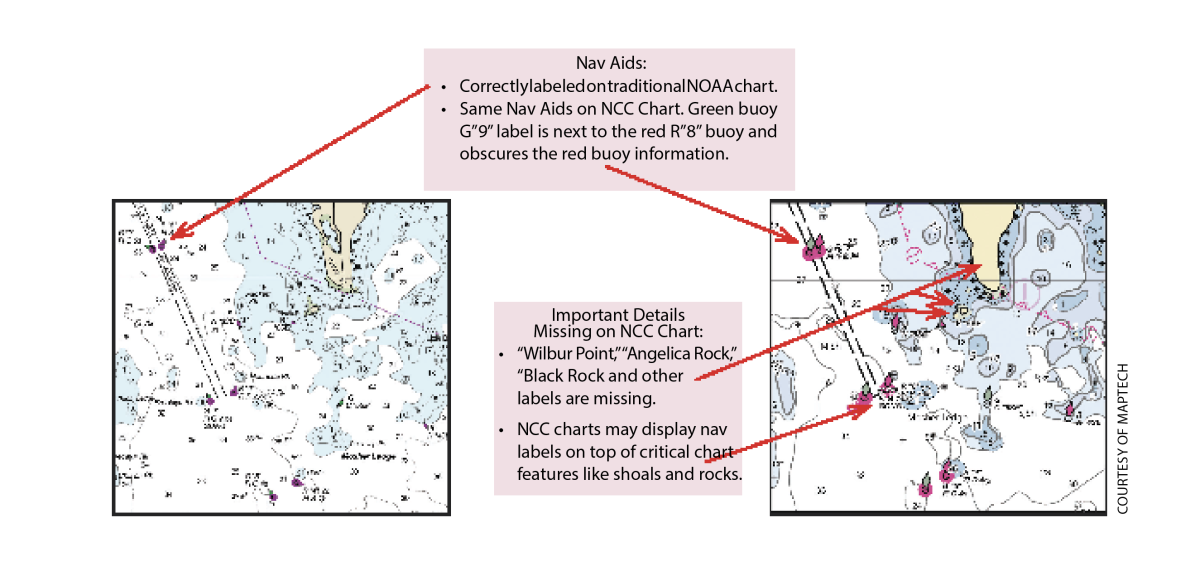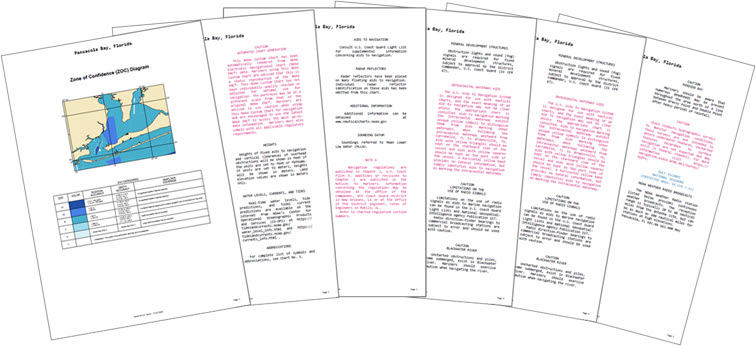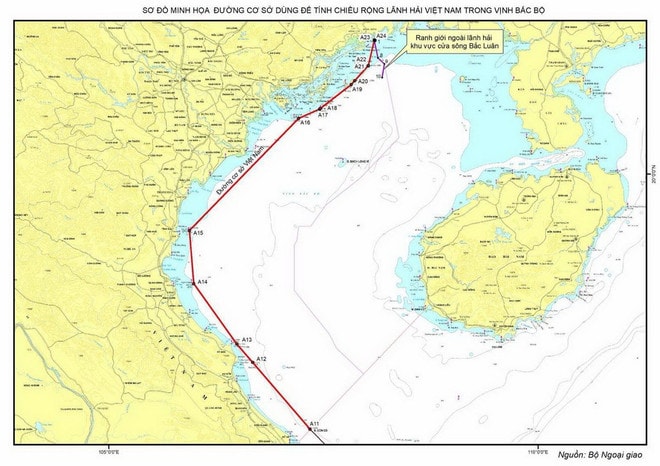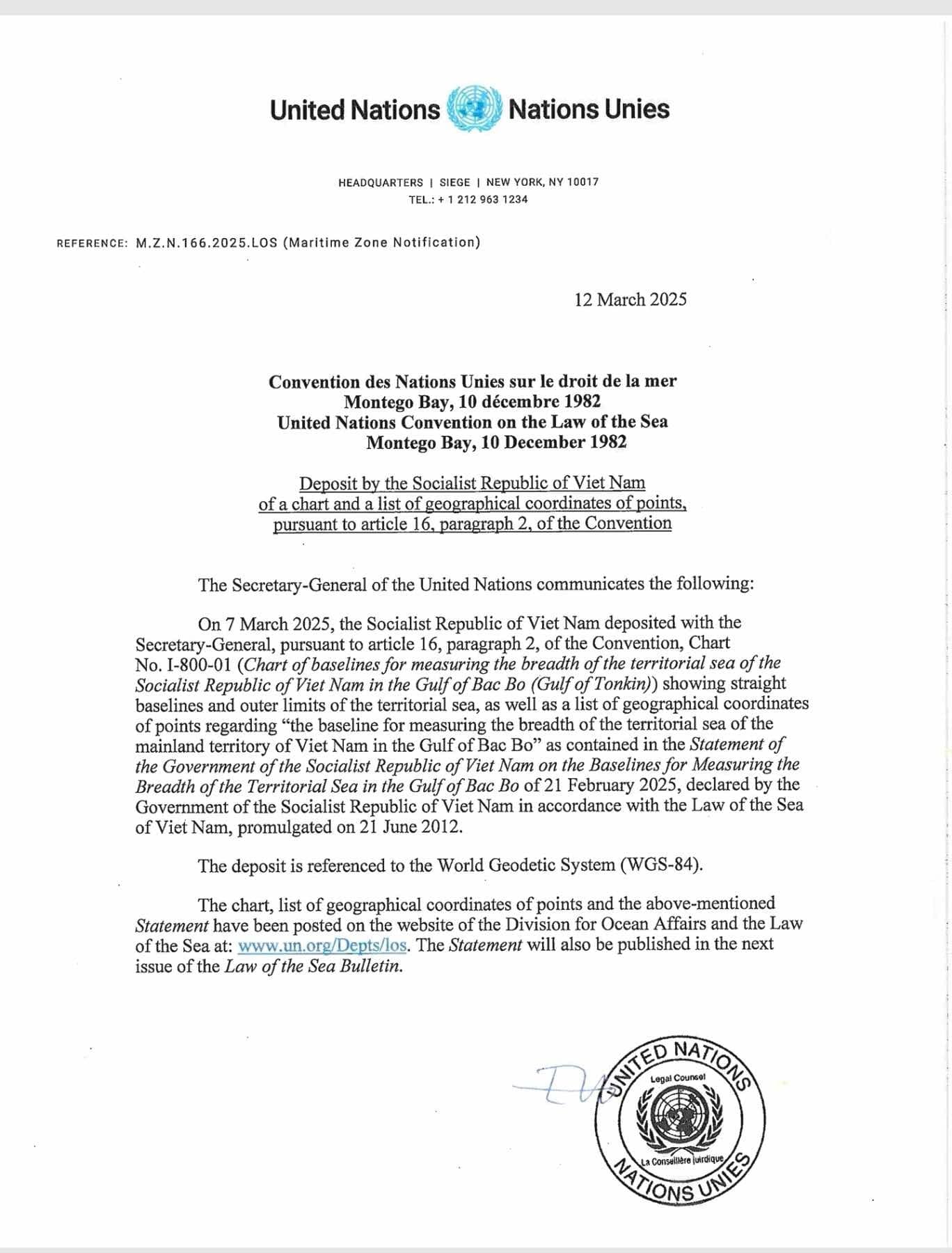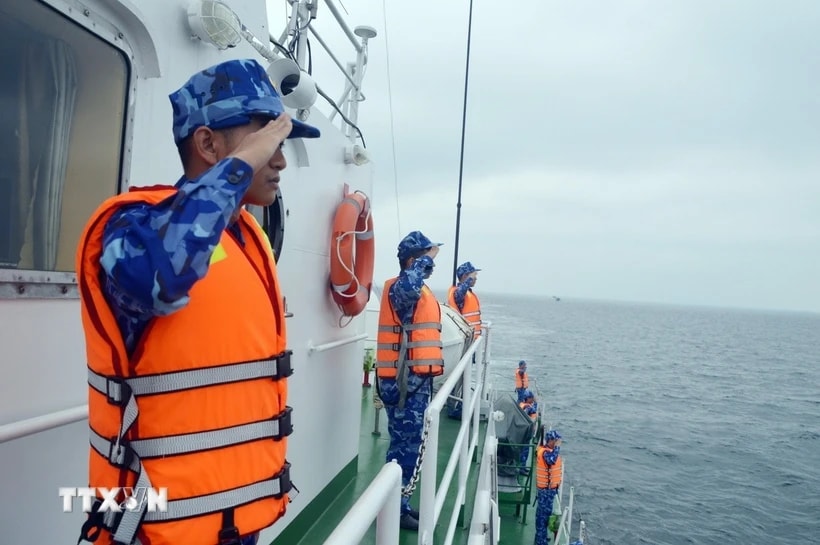From InterestingEngeneering by Jijo Malayil
Russia is going ahead with its plan to develop its flagship nuclear icebreaker vessel.
To that extent, its proposed federal budget has allocated almost $1 billion over the next three years for the completion of Rossiya, its largest nuclear icebreaker.
According to an online news publisher, the ship, likely named Rossiya, is set to be the lead vessel of the Leader-class and may be the only one of its kind.
To that extent, its proposed federal budget has allocated almost $1 billion over the next three years for the completion of Rossiya, its largest nuclear icebreaker.
According to an online news publisher, the ship, likely named Rossiya, is set to be the lead vessel of the Leader-class and may be the only one of its kind.
The ship is scheduled to have a 120 MW power plant, which will make it twice as powerful as any prior nuclear icebreaker.

A representational image of a icebreaker vessel.
Advancing maritime trade
A nuclear-powered icebreaker features an onboard nuclear power plant that generates energy for the vessel’s propulsion system.
While operating costs are higher, these icebreakers offer significant advantages over diesel-powered ones, particularly along the Northern Sea Route.
The heavy power demands of icebreaking, the limited refueling options along the Siberian coast, and the endurance required make diesel vessel operations difficult in this region.
As of now, Russia is the sole nation constructing and operating nuclear-powered icebreakers, having developed several vessels since the Soviet era to facilitate shipping along the Northern Sea Route and support Russian Arctic outposts.
According to gCaptain, weighing 69,700 tons, Rossiya will be powered by two RITM-400 reactors.
This will allow it to break through ice up to 13 feet (four meters) thick—nearly double the capacity of the current Arktika-class nuclear icebreakers.
This advanced capability positions Rossiya as a pivotal asset in enhancing maritime logistics in the Arctic region.
The Rossiya nuclear icebreaker is set to play a crucial role in facilitating year-round shipping across the Arctic.
With a beam of 157 feet (48 meters), the vessel is engineered to carve wide channels in the ice.
This can facilitate the safe passage of LNG carriers and oil tankers through the most challenging sections of Russia’s Northern Sea Route, particularly in the East Siberian and Chukchi Seas.
As China seeks to establish regular container shipping routes in the Arctic, Rossiya may also escort a fleet of cargo ships in the future.
A nuclear-powered icebreaker features an onboard nuclear power plant that generates energy for the vessel’s propulsion system.
While operating costs are higher, these icebreakers offer significant advantages over diesel-powered ones, particularly along the Northern Sea Route.
The heavy power demands of icebreaking, the limited refueling options along the Siberian coast, and the endurance required make diesel vessel operations difficult in this region.
As of now, Russia is the sole nation constructing and operating nuclear-powered icebreakers, having developed several vessels since the Soviet era to facilitate shipping along the Northern Sea Route and support Russian Arctic outposts.
According to gCaptain, weighing 69,700 tons, Rossiya will be powered by two RITM-400 reactors.
This will allow it to break through ice up to 13 feet (four meters) thick—nearly double the capacity of the current Arktika-class nuclear icebreakers.
This advanced capability positions Rossiya as a pivotal asset in enhancing maritime logistics in the Arctic region.
The Rossiya nuclear icebreaker is set to play a crucial role in facilitating year-round shipping across the Arctic.
With a beam of 157 feet (48 meters), the vessel is engineered to carve wide channels in the ice.
This can facilitate the safe passage of LNG carriers and oil tankers through the most challenging sections of Russia’s Northern Sea Route, particularly in the East Siberian and Chukchi Seas.
As China seeks to establish regular container shipping routes in the Arctic, Rossiya may also escort a fleet of cargo ships in the future.
Nuclear fleet expansion
Construction of the Rossiya icebreaker began at Russia’s Zvezda shipyard in July 2020 but has faced significant setbacks, resulting in a revised delivery timeline pushed from 2027 to 2030.
Currently, approximately 15-20 percent of the vessel is complete.
According to gCaptain, the planned budget of 90 billion rubles, allocated evenly across 2025, 2026, and 2027, marks a substantial investment in the project.
With Western sanctions limiting access to European markets for Russian oil and LNG, the Leader-class icebreaker is expected to play a crucial role in exporting resources to Asia, particularly China, during the winter months.
By 2030, Atomflot, which operates Russia’s primary icebreaker fleet, aims to deploy 17 icebreakers along the Northern Sea Route, consisting of 13 nuclear and four new conventional vessels.
Currently, Atomflot has seven nuclear icebreakers in operation, with an additional four under construction and one more on order.
To optimize resources, the company plans to utilize non-nuclear icebreakers in the less demanding bays of the Ob and Yenisey Rivers, thereby allowing all nuclear icebreakers to focus on the more challenging eastern sectors.
Construction of the Rossiya icebreaker began at Russia’s Zvezda shipyard in July 2020 but has faced significant setbacks, resulting in a revised delivery timeline pushed from 2027 to 2030.
Currently, approximately 15-20 percent of the vessel is complete.
According to gCaptain, the planned budget of 90 billion rubles, allocated evenly across 2025, 2026, and 2027, marks a substantial investment in the project.
With Western sanctions limiting access to European markets for Russian oil and LNG, the Leader-class icebreaker is expected to play a crucial role in exporting resources to Asia, particularly China, during the winter months.
By 2030, Atomflot, which operates Russia’s primary icebreaker fleet, aims to deploy 17 icebreakers along the Northern Sea Route, consisting of 13 nuclear and four new conventional vessels.
Currently, Atomflot has seven nuclear icebreakers in operation, with an additional four under construction and one more on order.
To optimize resources, the company plans to utilize non-nuclear icebreakers in the less demanding bays of the Ob and Yenisey Rivers, thereby allowing all nuclear icebreakers to focus on the more challenging eastern sectors.



